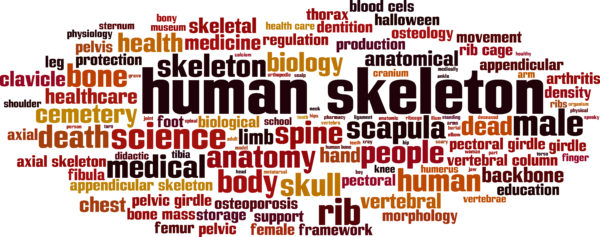January is Cervical Awareness Month

At Body Harmony Physical Therapy, we specialize in pelvic health and orthopedic conditions.
This month we are highlighting Cervical Cancer. Later this month we will publish blogs related to premature ejaculation in men and tips for male pelvic health.
Cervical cancer remains a significant health concern, with around 14,000 new cases diagnosed annually in the United States. Detecting it early is crucial due to its rapid and often asymptomatic progression. Typically, signs or symptoms of cervical cancer don’t manifest until the disease reaches advanced stages. This is one of the main factors for improving awareness and screen for cervical cancer.
More about the Cervix and Cervical Cancer
Cervical cancer specifically affects the lower uterus and the connection between the uterus and vagina, where the cervix is located. The two primary types of cancer are squamous cell carcinoma and adenocarcinoma. Squamous cell carcinoma, which is more prevalent, originates from the cervix’s thin lining. Adenocarcinoma develops in glandular cells.
Factors that Increase the Risk of Cervical Cancer
- Contracting HPV (Human Papillomavirus)
- Recognized as a significant risk factor
- Having multiple sexual partners or engaging in sexual activity at an early age.
- Being diagnosed with other sexually transmitted infections like:
- Chlamydia
- Gonorrhea
- Syphilis
- HIV/AIDS
- Having a weakened immune system
- Being physically inactive
- Smoking
- Past exposure to diethylstilbestrol (DES)
- DES is a drug used to prevent miscarriages in the 1950s
What is HPV?
HPV is a virus that can persist in the body for years, leading to abnormal cell growth in the cervix. The HPV vaccine, introduced in 2006, has significantly reduced cervical cancer rates by targeting the virus.
Signs of Advanced Cervical Cancer
In the early stages, cervical cancer often remains asymptomatic. However, in later stages, signs may include:
- Vaginal bleeding between periods, after sex, or post-menopause
- Watery, bloody vaginal discharge with a potential foul odor
- Chronic pelvic pain or discomfort during intercourse
Early Detection is Key
Regular Pap tests, starting at age 21, play a critical role in identifying precancerous cervical conditions. Early detection significantly increases survival rates, exceeding 90%. Adopting a healthy lifestyle, including regular exercise, not smoking, and practicing safe sex, can also mitigate risks.
Role of Physical Therapy
While pelvic health physical therapists don’t directly treat cervical cancer, they assist in managing pelvic pain, incontinence, and physical deconditioning post-cancer treatment. These therapists become involved either before or after treatment, aiding patients in recovering pelvic muscle strength, addressing incontinence, and managing pain.
Pelvic Floor Symptoms and Treatment
Pelvic floor pain triggers muscular tension, forming localized tightness or trigger points that can affect surrounding tissues. Incontinence, whether bowel or bladder-related, is a common issue post-cervical cancer treatment. Physical therapy focuses on strengthening pelvic floor muscles and reestablishing proper muscle coordination for bladder and bowel control.
Pre-habilitation, or pre-surgery rehabilitation, aims to strengthen muscles before radiation or surgery, potentially mitigating muscle weakness following these treatments. Dilator use, taught by pelvic health therapists, proves beneficial in managing pelvic pain, sexual dysfunction, bladder and bowel issues, and maintaining vaginal tissue health after cancer treatment.







